Interestingly enough, the Nile crocodile is not widely thought of as a sporting animal in most hunting circles. But that is slowly changing, and with good reason. The crocodile is extremely intelligent, wary, and better adapted to a home that man finds it difficult to hunt in: Water.
He is widely distributed in Africa and even small pools of water should be approached with extreme caution because you just never who’s at home. Usually, crocodiles are hunted from a ground blind on the bank once a big male has been found. Have your rifle sighted in “dead nuts” because you have to hit the brain, or the spinal column just behind the skull and neither is a large target. Crocodile hunts are often done as a crocodile, hippo combo hunt. It’s surprisingly challenging and you should plan on at least 10 days to find and take a big one.
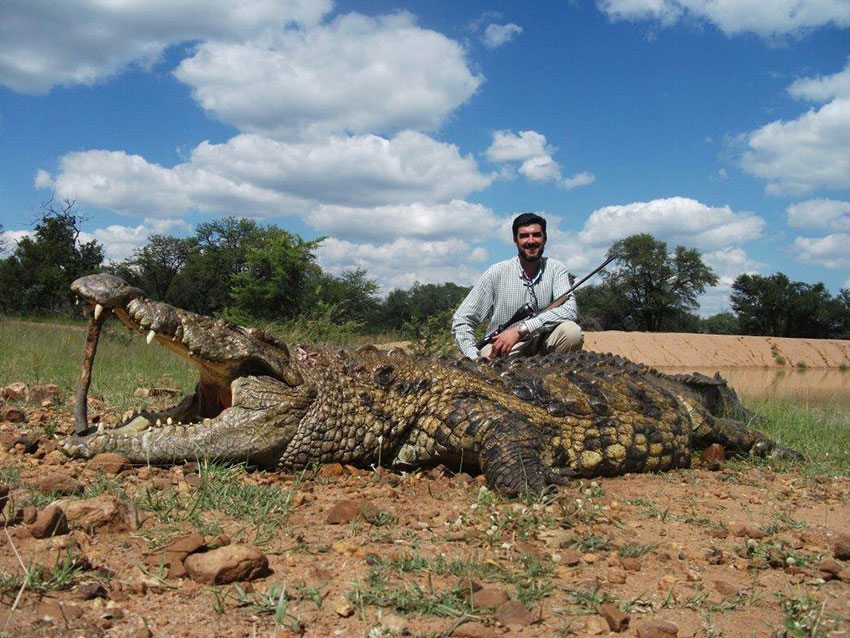
How to Hunt Crocodiles
Baiting is the most common way to hunt crocodiles.
Big males are territorial, which hunters can use to their advantage. Our PH who offers crocodile hunts in Mozambique enlists the help of local tribesmen who will know where every big croc lives, along with his preferred basking sites. They are more than happy to help because crocs eat a lot of people. Cruising by boat using good optics is another good way to find a trophy crocodile.
Once a good male has been found, either a bait will be put out (usually a hippo) or a stalk will be made if the crocodile is on the shore. A basking croc is a prime candidate for a stalk, as that is when they are at their most vulnerable. Bait will be chained up near the basking site and blood and entrails will be thrown into the water.
A very well concealed blind (crocodiles have amazing eyesight) will be built nearby, usually within 80 yards. Once a big croc finds the bait, he will defend it vigorously… and now it’s time to hunt.

Shot Placement for Crocodiles
No other game animal on the planet requires such precise first shot placement.
Hunting crocodiles requires precise shot placement, and an accurate, scoped rifle is an absolute must. Do not try to take on crocodile with an open-sighted rifle under any circumstances. Only two shots are effective in anchoring a Crocodile; a shot placed into his golf ball sized brain or one that hits the spinal column just behind the head.
Large crocodiles are truly enormous, and will break up all but the best of bullets. Only premium soft-points should be considered when hunting crocodiles. Some pros suggest solids for the tough bone structure of a really big croc, but today’s premium bullets are capable of killing the largest of crocs, provided they are shot with an adequate cartridge.
I have tackled big crocs with my 7mm magnum, which is fine for the brain shot, but the .375 is a better choice for the neck shot, and probably the best choice for a really big crocodile. As always, consult your P.H. on caliber selection prior to your trip and heed his advice on what gun and ammo to pack for this unique safari.
Bowhunting Shot Placement for Crocodiles
If you are bowhunting, shoot your croc just front of mid-body.
If your arrow hits a bit high, it will still be solidly in the lungs, and if you are a tad low you will hit the heart. When you shoot a croc through the lungs they quickly crawl out of the water so they don’t drown. A lung shot crocodile is easily recovered. A shot just behind the shoulder as if you are shooting a North American animal misses everything.
We have partnered with some great croc hunting outfitters.
If you have questions or would like to go on this trip yourself, just contact us. Give us a detailed description of what you are looking for, so our hunting consultants can match you with the right hunt. Whatever suits you, we can help you find it. So if you’re looking for a great hunt, you’ll love working with us.
Ask Us About a Hunt Request pricing and availability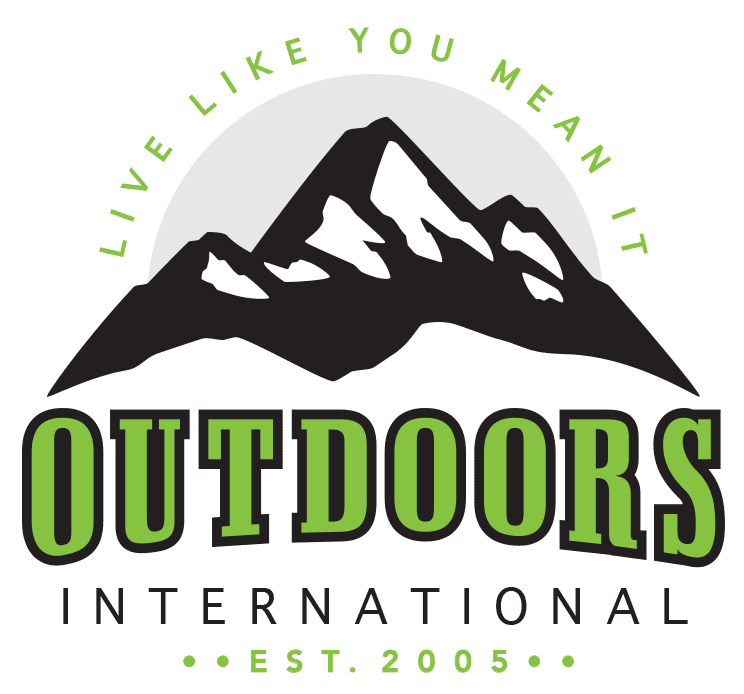
Discover why thousands of people have trusted Outdoors International to help plan their hunt.
Outdoors International has a team of hand-selected hunting experts to help you book your next hunt. Our job it is to help you in researching, booking and planning a great hunting trip with one of our amazing outfitter partners around the world.
My hunt was absolutely top notch.
The outfitter is a fantastic man and incredibly hard working and knowledgeable, there is no doubt he will do everything within his power to make peoples hunts successful and enjoyable. I plan to do it again with him next year for sure.
Wade Zuver
Our hunt was excellent.
We saw bucks every day along with all other sorts of wildlife. Mountain goats, bears, and foxes were common sights. Fishing and crabbing was special bonus. The food was excellent, the crew was amazing. Outdoors International did a great job of finding exactly what we were looking for.
Jesse Neveau
What an amazing experience!
The hunting lodge was out of this world!, Rooms, food and the scenery were all A+. Our guide was exceptional and had us on Shiras moose all five days. We saw over 30 total with at least 10 bulls. They had a plan for everything including taxidermy and game processing.
Kayla Redmon
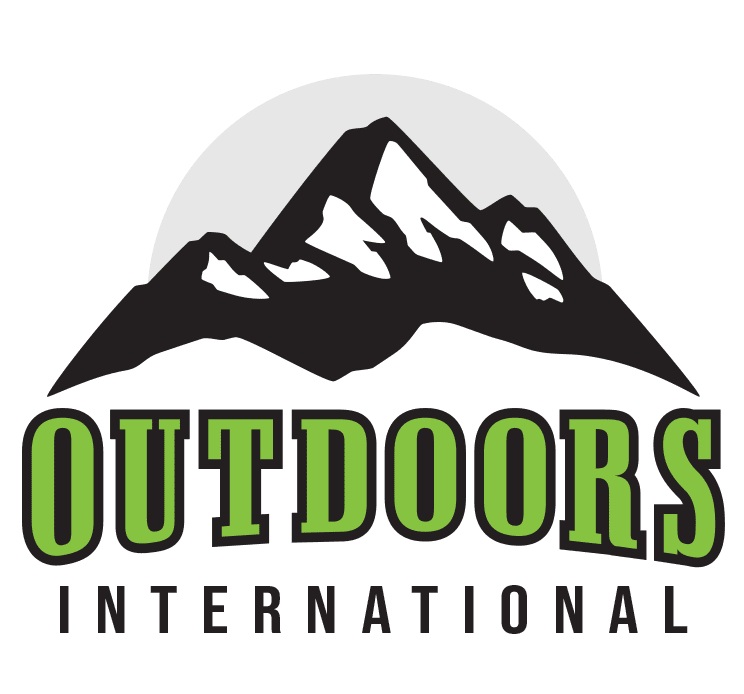
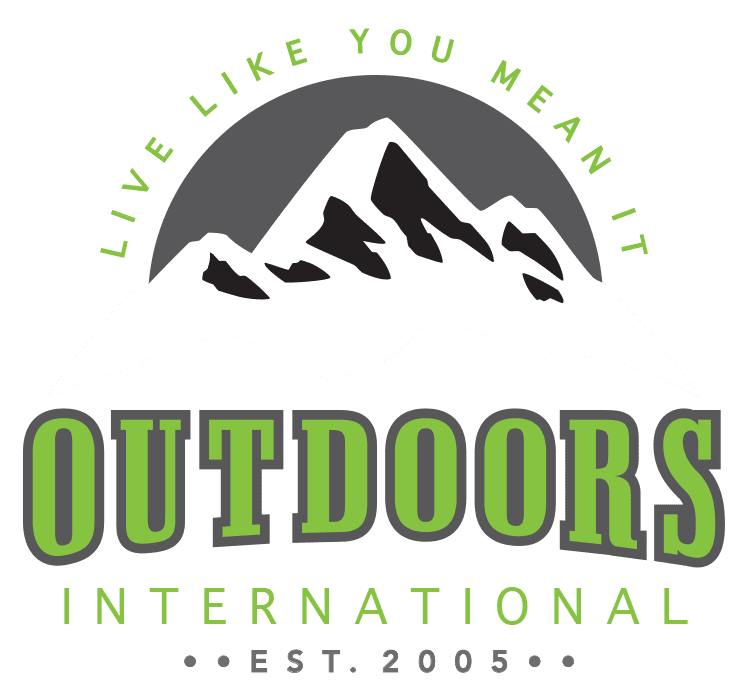
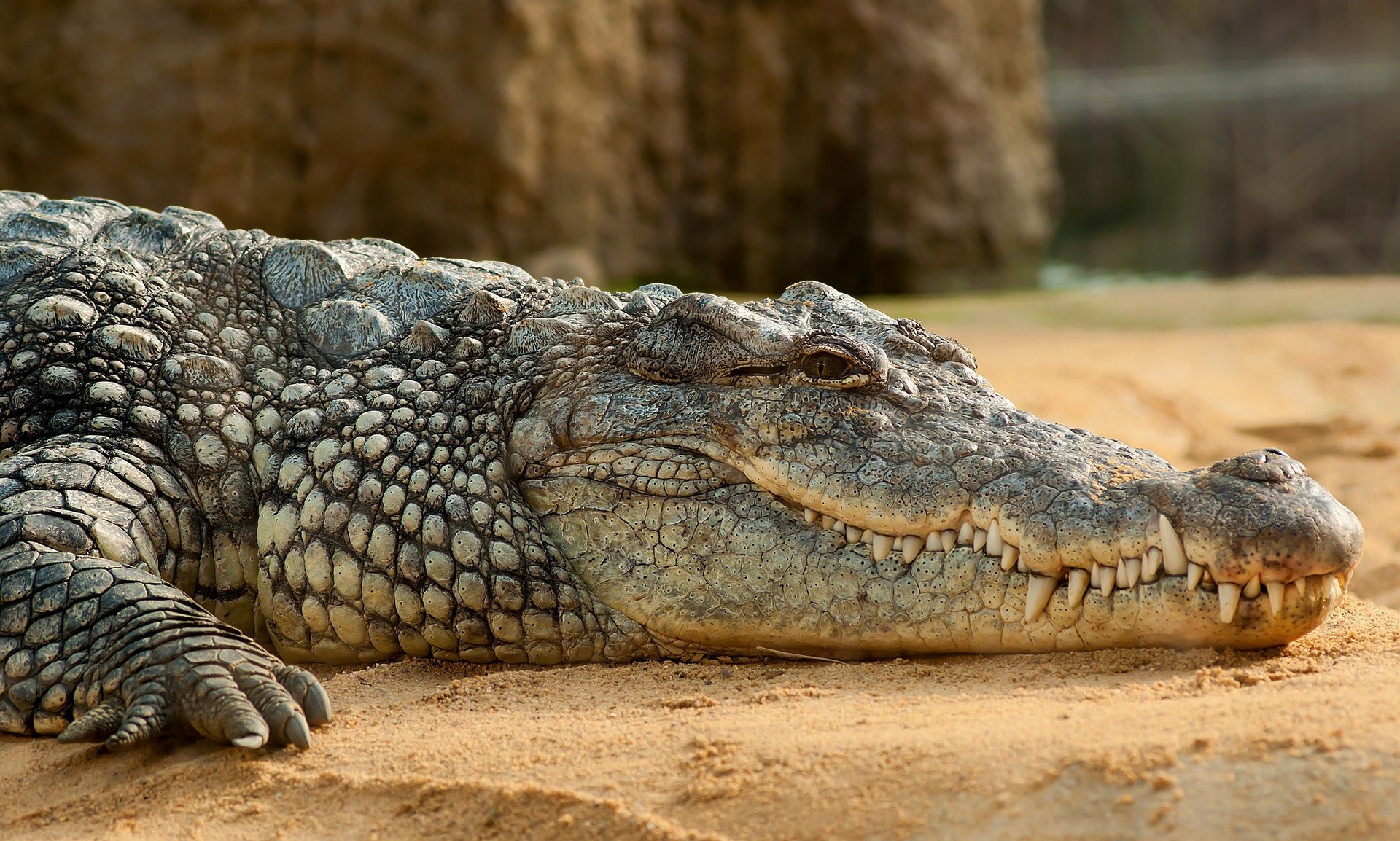

Crocodiles it’s nice trophy.
Hi, I just found&start reading your blog.
Regards,
Greg from huntertrips.com
Thanks Greg,
Good to meet you.